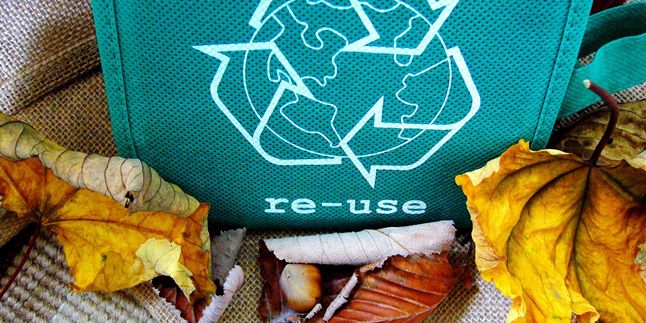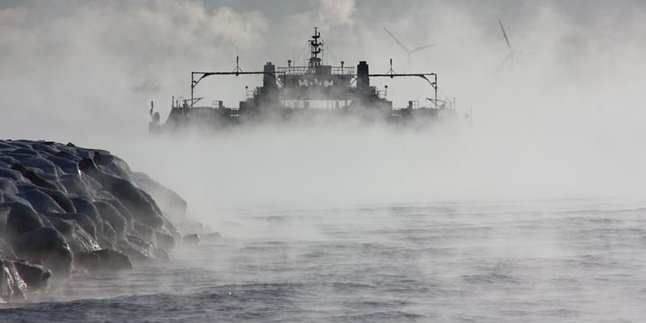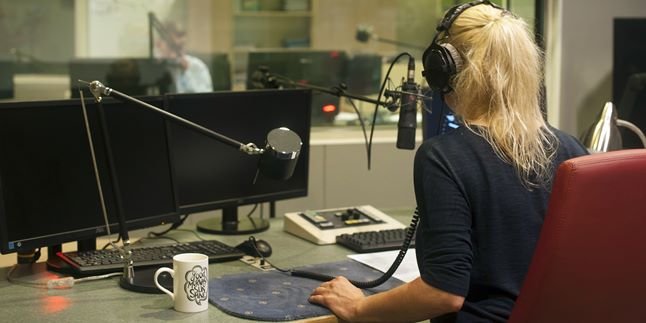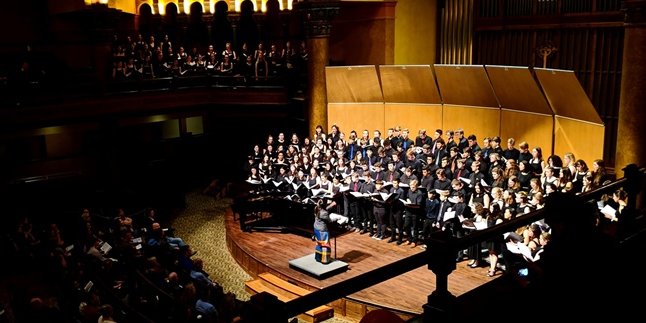Kapanlagi.com - Recycling is indeed something that is being promoted nowadays. It's not surprising, as humans are increasingly living on Earth and waste is piling up, especially plastic waste. Of course, plastic waste takes a very long time to decompose. Therefore, to address this issue, recycling such as reuse is a wise thing to do.
Even reducing the use of plastic waste will be a wise thing for us. There are already many products that do not use plastic, such as drink cups, food boxes, shopping bags, and many more. This is certainly to protect the Earth and prevent future disasters.
Now, you need to know that reuse is a process in recycling. So, you can use it when you want to recycle, especially for plastic. Therefore, according to various sources, here is the definition of reuse along with examples of its activities.
1. Definition of Reuse

Illustration (Credit: Pixabay)
For the first one, there is the definition of reuse. Yes, reuse itself is the second stage in recycling after reducing. The meaning of reuse is using again. In this stage, it encourages us to reuse products that have been used.
By using them again, the waste generated from these products can be reduced. One way is to use used water bottles as small plant pots. Or using biscuit cans or snacks as storage boxes at home.
Another step of reuse is using soap or shampoo bottles and refilling them by purchasing refillable products. With the reuse method, the spread of plastic waste that has been purchased can be reduced and utilized again as before.
2. Waste Management with 3R
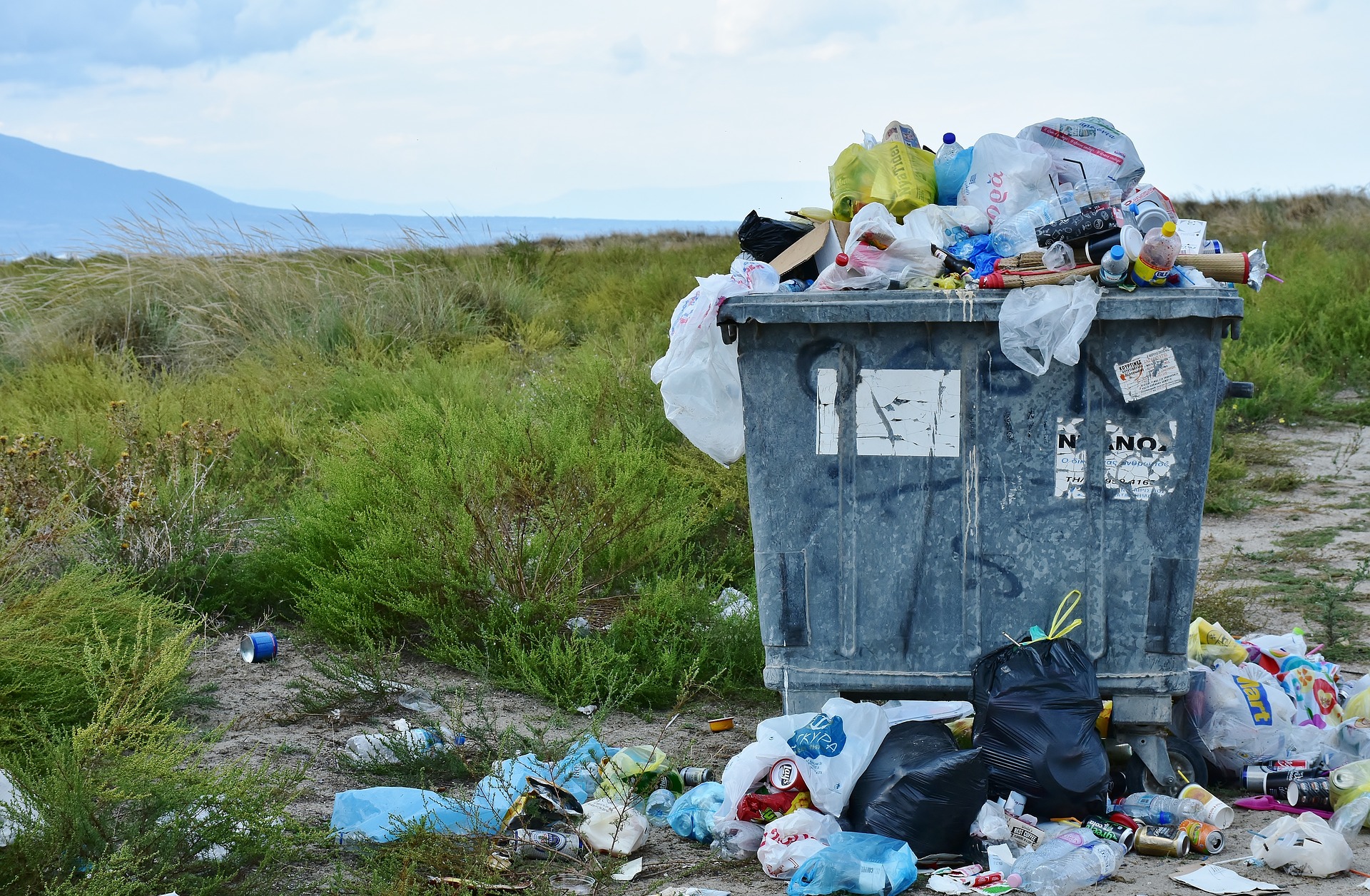
Illustration (Credit: Pixabay)
The 3R method, which stands for reuse, reduce, and recycle, is one of the best ways to manage and handle plastic waste of various types. Implementing this system is also very effective in managing waste from different types of plastics, from safe to toxic ones.
Waste management with the 3R system can be done by almost everyone, and it is not uncommon for the things produced to generate economic value. In fact, the implementation of the 3R system has become one of the solutions for managing waste by composting or utilizing waste as a source of electricity (Waste-to-Energy Power Plant).
3. Examples of Reuse Activities
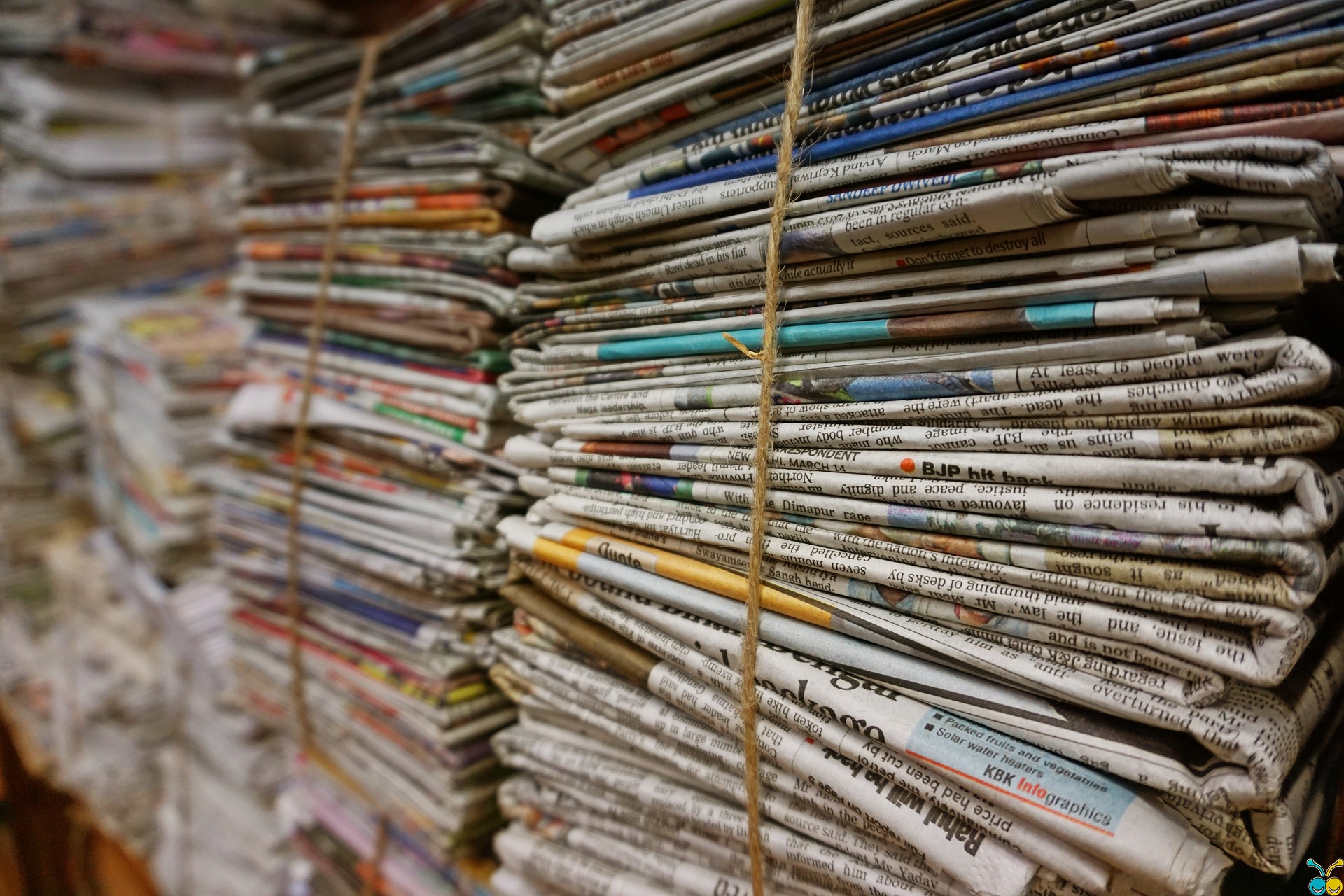
Illustration (Credit: Pixabay)
After understanding the definition of reuse and the 3R system, you can do reuse activities at home. Here are some examples or steps of activities to do reuse:
1. For the first activity, you can start by choosing reusable containers. You can choose containers such as bags or objects that can be used multiple times.
2. For example, you can use cloth napkins instead of tissue, rechargeable batteries, stainless steel drinking straws instead of plastic ones, and many more.
3. You can also reuse empty containers or packaging for the same or different purposes. For example, using empty beverage bottles as containers for cooking oil.
4. Use erasable and rewritable electronic storage devices.
5. Use the blank side of paper for writing.
6. Use email (electronic mail) instead of paper mail to save excessive paper usage.
7. Sell or give away sorted waste to those in need.
4. Examples of Reduce Activities
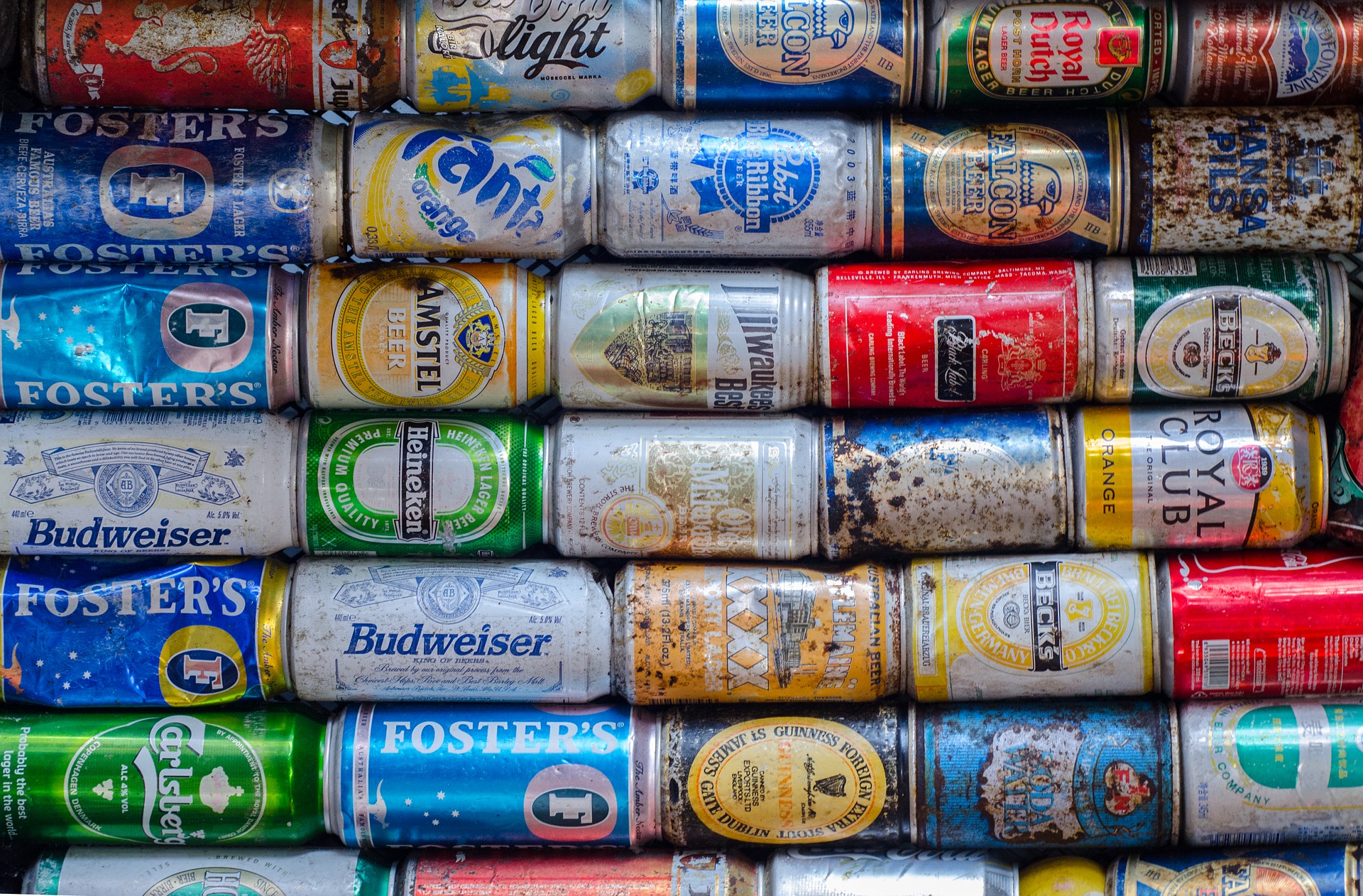
Illustration (Credit: Pixabay)
Next, there are examples of reduce activities that you can do in your daily life. Here are some examples of those reduce activities:
1. First, choose products with recyclable packaging.
2. Then, avoid using and buying products that generate a large amount of waste.
3. Use refillable products. For example, refillable stationery.
4. Maximize the use of erasable and rewritable electronic storage devices.
5. Reduce the use of disposable materials.
6. Use both sides of the paper for writing and photocopying.
7. Avoid buying and using unnecessary items.
5. Examples of Recycle Activities
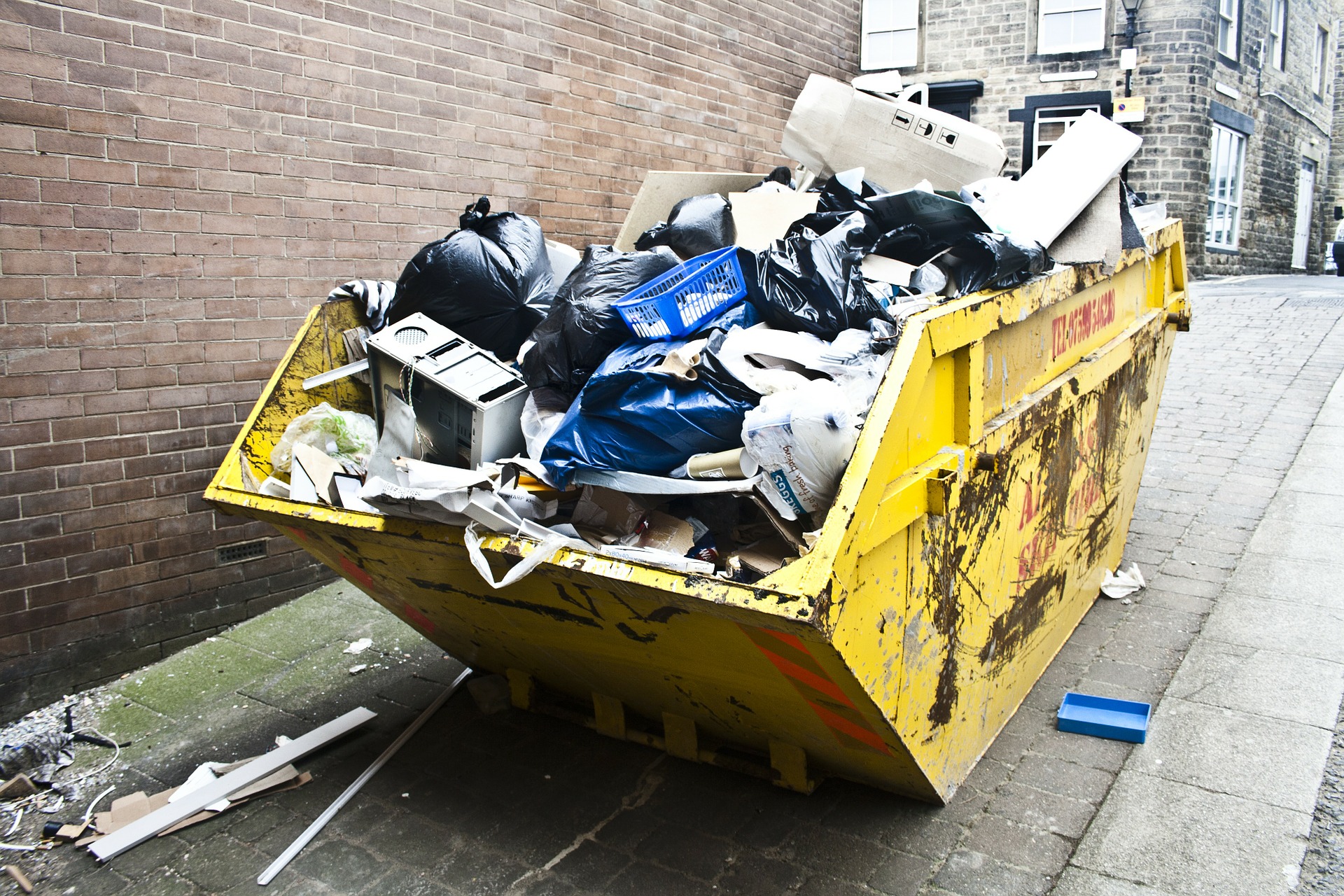
Illustration (Credit: Pixabay)
And finally, here are some examples of recycle activities. You can start doing these recycle activities in your daily life. Here are some of those recycle activities:
1. Recycle paper that can no longer be used.
2. Recycle plastic into handicrafts.
3. Recycle plastic bottles into flower pots, pencil holders, kitchen utensil holders, and so on.
4. Recycle light bulbs into hanging pots.
5. Reuse CD/DVDs as coasters.
6. Use large paper clips to organize cables.
7. Use powder compacts as phone holders while charging.
6. The Purpose of Implementing 3R
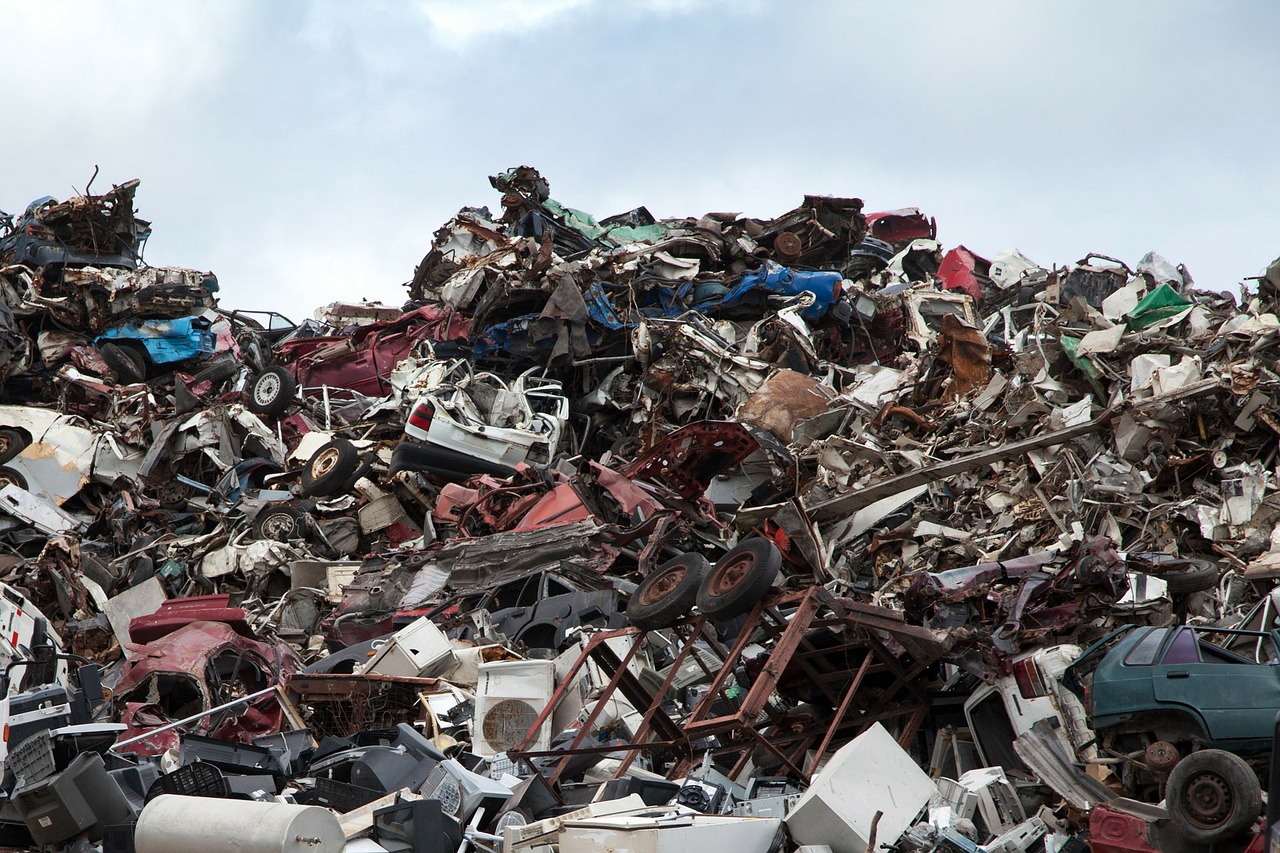
Illustration (Credit: Pixabay)
Certainly, all of the above have good intentions for our lives. Not only for the present life, but also for the future life. Because we cannot create the earth, but we can only protect and take care of its contents.
To maintain the earth's beauty, it is necessary to implement 3R. In fact, there are many other purposes that we can achieve by implementing 3R. And here are some of the purposes that we can achieve by implementing 3R:
1. The first purpose is that we can preserve natural resources, because the use of resources can be significantly reduced.
2. By implementing 3R, we will certainly save energy. This is because in the production of goods such as plastics and others, it still requires a lot of energy from nature.
3. Minimizing greenhouse gas emissions because there is combustion of fossil fuels during mining, refining, and manufacturing.
4. Able to reduce air, water, and soil pollution because excessive use of goods will ultimately become waste.
5. Creating new job opportunities because the recycling process requires services that are capable of producing goods.
6. Stimulating the creation of new technologies to save the environment and the planet from destruction.
7. Able to create a sustainable future that remains beautiful for our children and grandchildren.
That is the meaning of 3R along with the meaning of reuse that you can understand. Yes, reuse is a recycling process that you can do yourself. Because saving the earth can start from ourselves.
(kpl/gen/dhm)
Disclaimer: This translation from Bahasa Indonesia to English has been generated by Artificial Intelligence.
